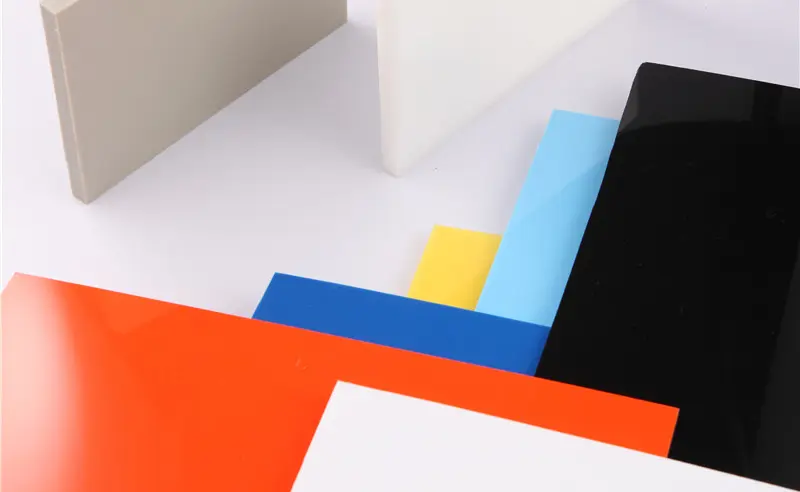ئۆكتەبىر . 05, 2024 03:49 Back to list
Understanding the Benefits and Applications of CPVC Boards in Construction
Understanding CPVC Boards Advantages and Applications
Chlorinated Polyvinyl Chloride, commonly referred to as CPVC, is a thermoplastic material that has gained significant traction across various industries. CPVC boards, in particular, offer a myriad of benefits that make them an ideal choice for both residential and commercial applications. This article delves into the characteristics, advantages, and common uses of CPVC boards.
What Are CPVC Boards?
CPVC boards are made from a modified form of PVC that has undergone chlorination. This process enhances the material's properties, making it resistant to high temperatures, chemicals, and corrosion. The boards are available in various thicknesses and sizes, allowing for great flexibility in their applications. Their durability and strength make them a preferred choice for a range of industries, from construction to plumbing.
Advantages of CPVC Boards
1. High Temperature Resistance One of the standout features of CPVC boards is their ability to withstand high temperatures. With a temperature tolerance up to 90°C (194°F), these boards are perfect for environments that experience heat and steam, such as in plumbing and HVAC systems.
2. Chemical Resistance CPVC boards exhibit excellent resistance to a wide variety of chemicals, including acids, alkalis, and saltwater. This makes them particularly suitable for industrial applications where exposure to harsh substances is commonplace.
3. Lightweight and Easy to Install Unlike traditional materials such as wood or metal, CPVC boards are lightweight, resulting in reduced transportation costs and easier handling during installation. They can be cut and shaped with standard tools, making them user-friendly for both professional contractors and DIY enthusiasts.
4. Low Maintenance CPVC boards require minimal maintenance due to their resistance to corrosion and decay. They do not require frequent painting or treatment, which results in long-term cost savings.
cpvc board

5. Fire Retardant CPVC is inherently fire-resistant, making it a safer option for construction projects. This property can provide peace of mind for homeowners and builders alike.
Common Applications of CPVC Boards
CPVC boards can be utilized in a variety of settings. Some of the most common applications include
- Plumbing Systems Given their resistance to high temperatures and chemicals, CPVC boards are ideal for hot and cold water pipes, making them a staple in plumbing installations.
- Electrical Conduit Due to their insulation properties, CPVC boards are frequently used as conduits for electrical wiring, ensuring safety and efficiency.
- Construction and Building CPVC boards are popular in wall panels, roofing, and cladding in both residential and commercial construction due to their durability and aesthetic appeal.
- Chemical Processing Industries that handle corrosive substances rely on CPVC boards for storage tanks, processing equipment, and piping systems.
Conclusion
In summary, CPVC boards offer a unique combination of properties that make them versatile and effective for numerous applications. Their high temperature and chemical resistance, coupled with being lightweight and maintenance-free, contribute to their growing popularity. As industries continue to seek durable and cost-effective materials, CPVC boards are likely to remain a top choice for engineers, architects, and builders alike. Whether for plumbing, construction, or any undertaking requiring robust and reliable materials, CPVC boards are certainly worth considering.
-
Premium Glossy PP Rigid Sheet – Durable & Versatile
NewsAug.07,2025
-
High-Quality HDPE Sheet | Durable Plastic Panels
NewsAug.06,2025
-
High-Precision PVC Rigid Sheets for Vacuum Forming | AI-Optimized
NewsAug.05,2025
-
Durable PVC-M Water Supply Pipes | 60-Year Life
NewsAug.04,2025
-
Premium HDPE Water Supply Pipes: Durable & Leak-Proof
NewsAug.03,2025
-
Premium PVC-M Water Supply Pipe - Durable & Efficient
NewsAug.02,2025

